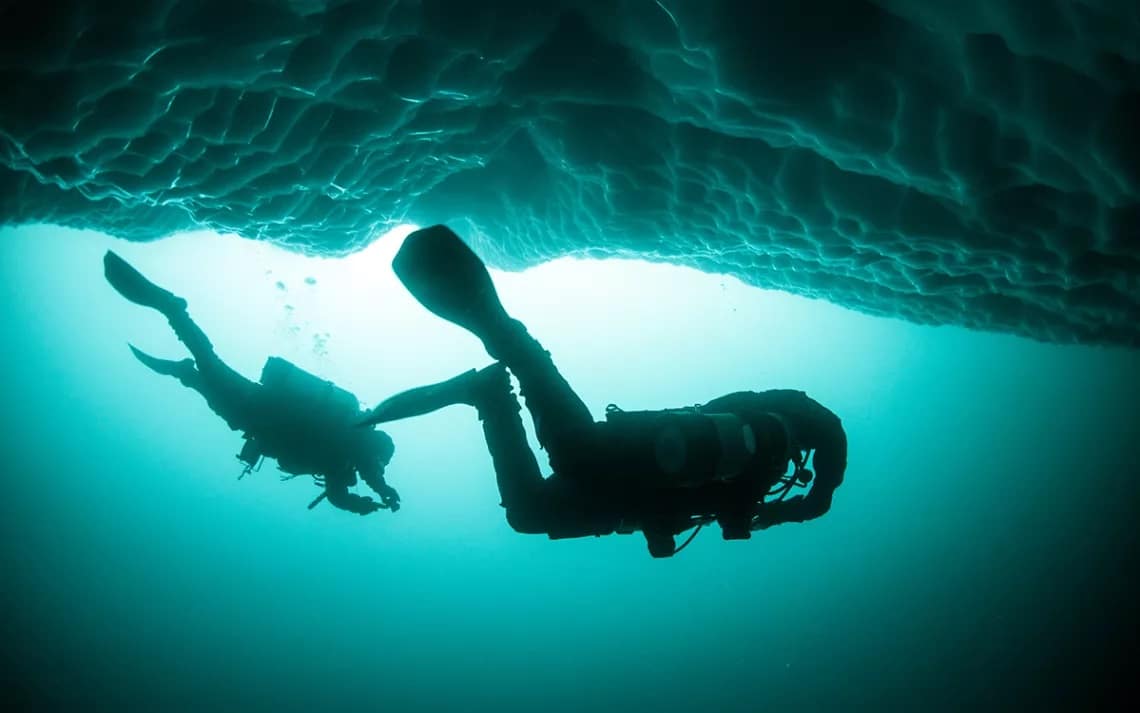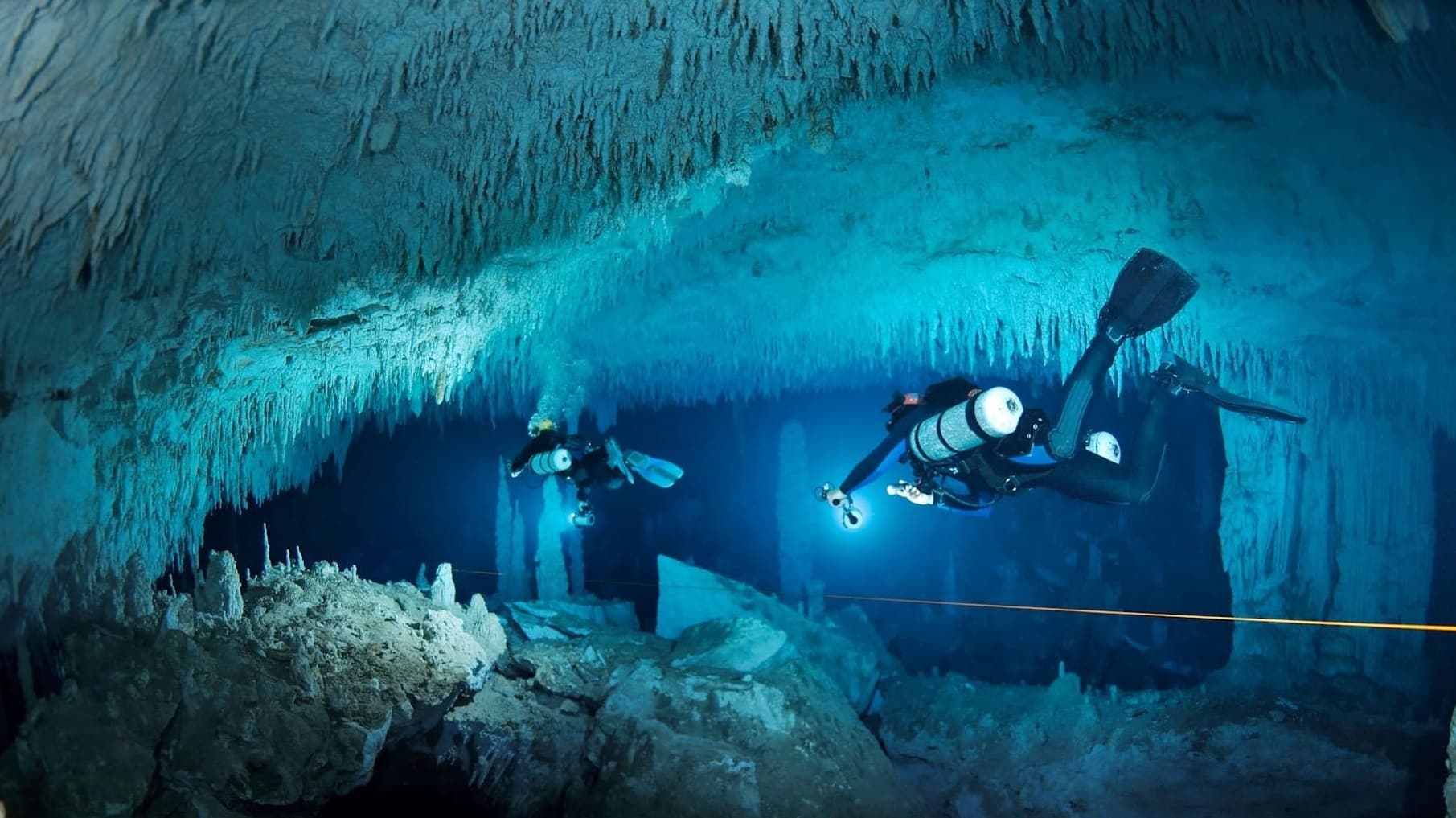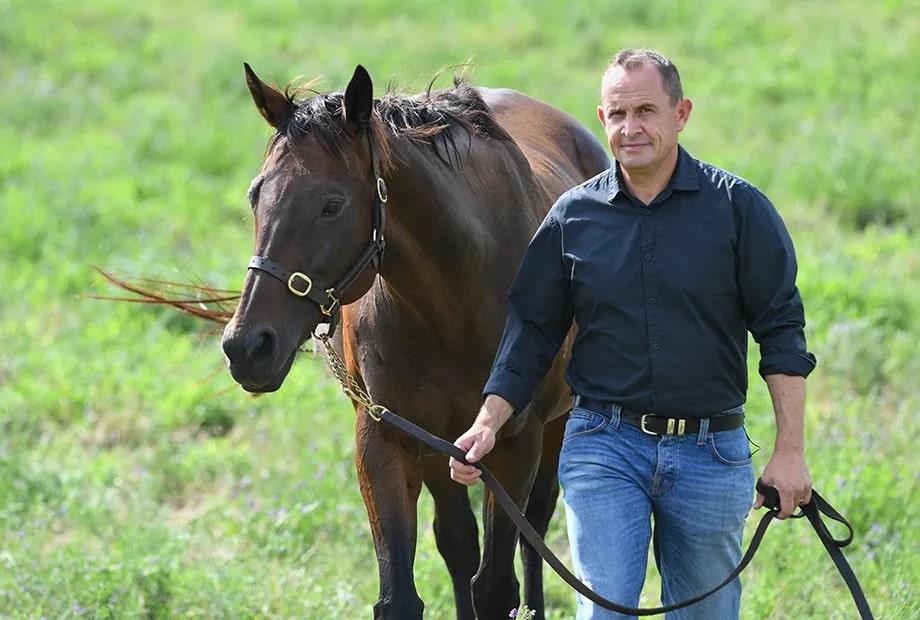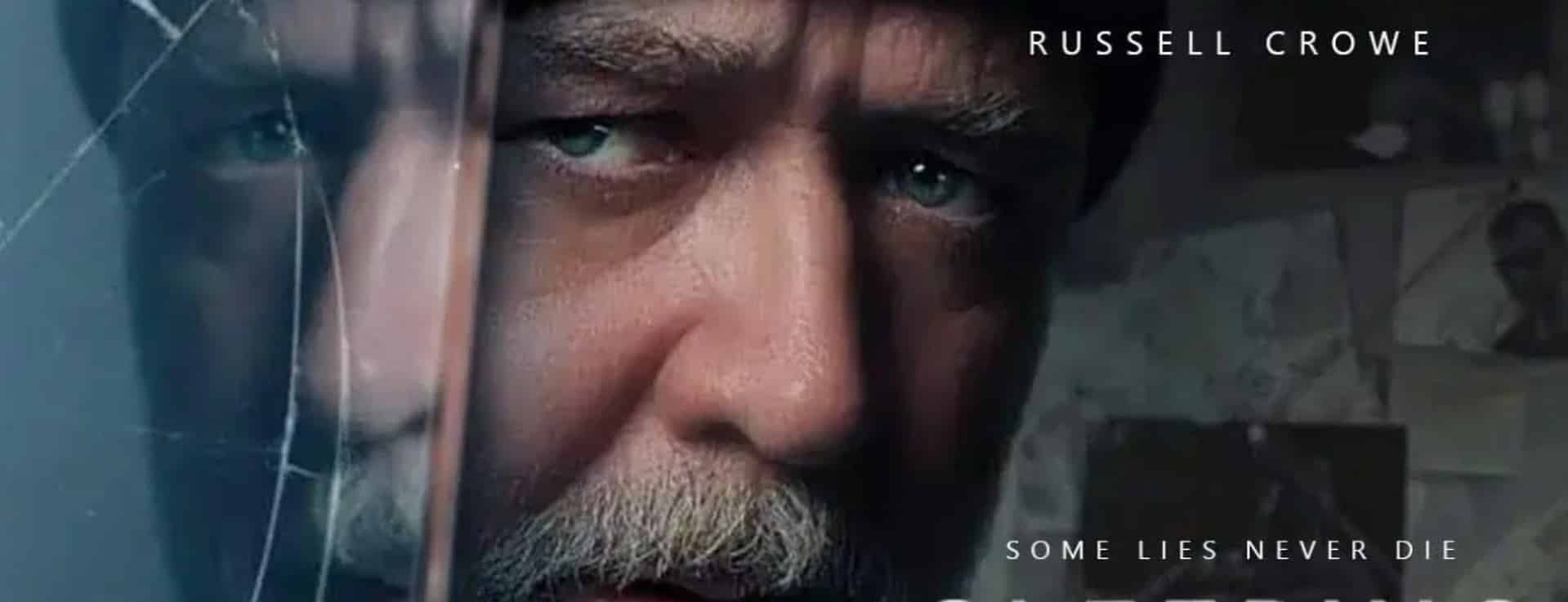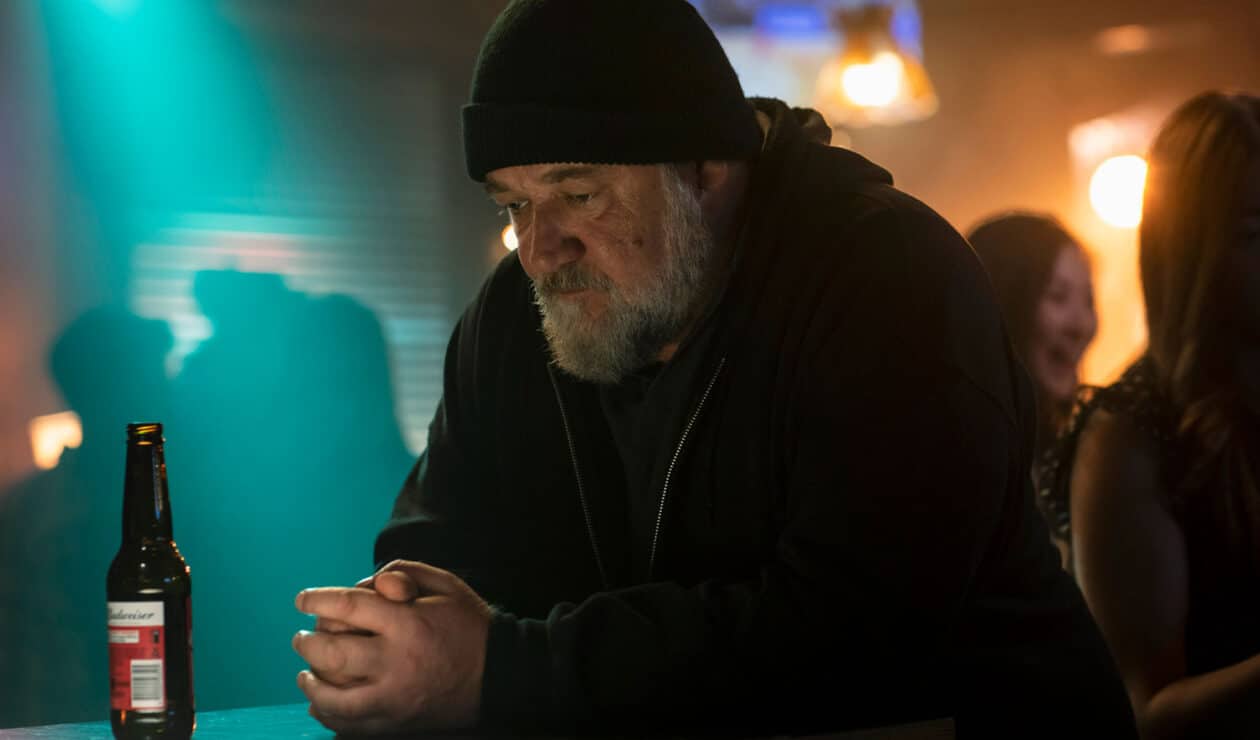Trust emerges as a standout film for this year’s St ALi’s Italian Film Festival, running nationwide at Palace Cinemas from September 18 to October 23. It invites viewers into an intricate psychological drama where love and fear dance together in a narrative that is as gripping as it is thought-provoking. Directed by the award-winning Daniele Luchetti and based on Domenico Starnone’s novel Confidenza, the film delivers an exploration of human emotion that lingers long after the credits roll.
The central figure in Trust is Pietro (Elio Germano), a well-respected teacher beloved by his students and admired by his peers. His reputation, built on his progressive pedagogical philosophy that affection trumps fear to inspire students, casts him as a pillar of his community. This idea of the “pedagogy of affection” becomes a thematic thread throughout the film, highlighting Pietro’s compassionate and encouraging nature. He’s the antithesis of the authoritarian teacher, choosing love over the fear of failure to guide his students toward their best selves. This progressive approach resonates with audiences, especially considering its relevance in the 1980s and ’90s when the film was set.
But a darker truth lies beneath Pietro’s moral righteousness and public adoration. His life takes an unexpected turn when he rekindles a relationship with a former student, Teresa (Federica Rosellini), one of the brightest minds he ever taught. After they meet again, Teresa confronts Pietro with a profound and unsettling declaration—she has always known about his affection for her, an affection he can no longer deny. Though the two begin a relationship, their dynamic becomes fraught with complexity and tension.
What starts as a seemingly genuine romance soon unravels into an obsessive and destructive bond. Teresa becomes aware of Pietro’s most closely guarded secret, a revelation that binds them together in a way that is almost stronger than love—through fear. The power of this secret is so immense that it threatens to undo the very foundation of their relationship, raising a central question that permeates the entire film: Is love more powerful than fear, or do these two emotions inevitably co-exist in a relationship built on vulnerability?
Luchetti masterfully plays with these concepts of love, fear, and honesty throughout the film. His direction ensures that the audience is never too comfortable, always wondering whether the bond between Pietro and Teresa is driven by genuine affection or by the terror of having their deepest fears exposed. The result is an exploration of how once-shared secrets can become weapons, altering the course of a relationship forever.
While Trust succeeds in exploring these weighty themes, there are moments when the film falters. Certain scenes feel unnecessarily drawn out, adding little to the overall narrative and making the film feel longer than its runtime suggests. As a thriller, Trust sometimes lacks the tension necessary to keep audiences on the edge of their seats, leaving a few key moments feeling flat. These pacing issues could have been addressed with tighter editing, which might have sharpened the film’s focus.
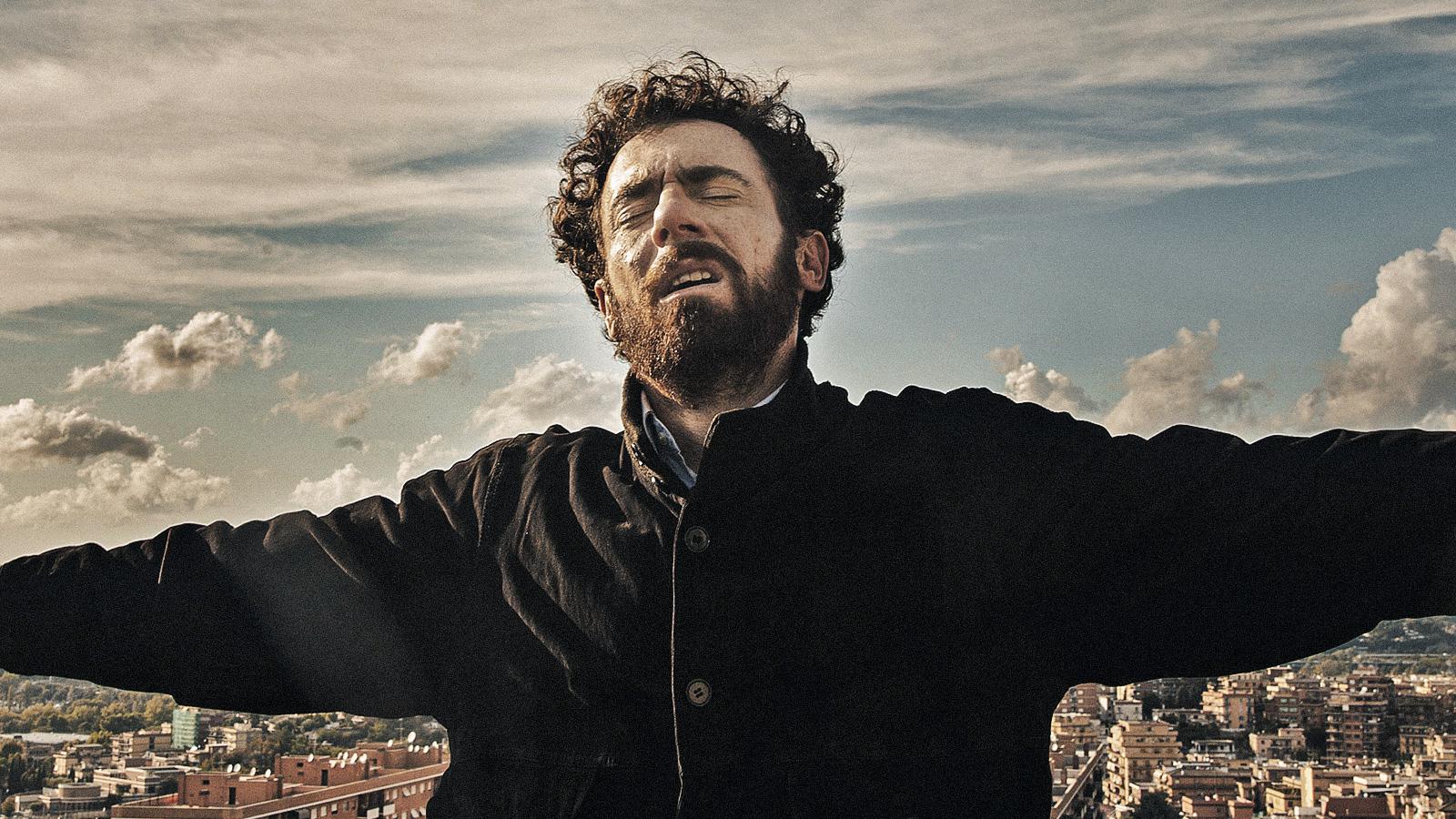
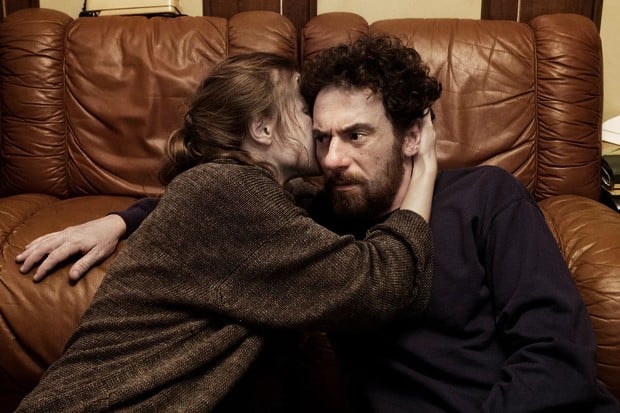
Despite these minor flaws, the performances are nothing short of extraordinary. Elio Germano delivers a nuanced portrayal of Pietro, a man whose inner turmoil is constantly simmering beneath his calm exterior. His ability to convey vulnerability and authority makes his character a fascinating study in contradiction. Federica Rosellini is equally impressive as Teresa, her performance embodying a mixture of longing, manipulation, and pain. Together, they create a volatile and captivating dynamic that anchors the film.
The supporting cast, including Vittoria Puccini as Nadia and Pilar Fogliati as Emma, adds further layers of complexity to the story. Isabella Ferrari’s portrayal of Tilde provides a sense of groundedness amidst the chaos of Pietro and Teresa’s relationship. Each performance enriches the film, allowing the audience to explore different facets of Trust, fear, and human interaction.
Ivan Casalgrandi’s cinematography elevates the emotional tone of the film. His use of shadows, light, and shots peering through windows door creates an atmosphere of quiet tension, echoing the characters’ internal battles. The set and costume designs also reflect the 1980s and ’90s setting, giving the film an authentic feel without distracting from the central narrative.
One of the standout aspects of Trust is Thom Yorke’s haunting score. Known for his ability to craft music that evokes deep emotion, Yorke’s contribution here is no different. His atmospheric soundscapes underscore the tension and emotional weight of the film, drawing the audience deeper into the story without overwhelming the performances.
The themes of Trust are universal and timeless, making the film deeply relatable for audiences of all backgrounds. At its core, the film asks whether honesty, when laid bare, can strengthen or destroy a relationship. Can love survive when fear takes hold, or does fear inevitably erode Trust? These are the questions Luchetti leaves audiences grappling with, and their unresolvable nature is what makes Trust such an impactful film.
As the premiere film of the St ALi’s Italian Film Festival, Trust sets the tone for a fantastic lineup of Italian cinema. It challenges viewers to think deeply about the nature of human relationships, leaving them with more questions than answers, which is often the hallmark of a truly great film. Despite a few pacing issues, Trust succeeds as an emotionally resonant and visually arresting exploration of love, fear, and the secrets we hide from each other—and ourselves.
For more information about the festival and film session details, be sure to visit https://italianfilmfestival.com.au/
Film Review: Trust (2024)
Directed by Daniele Luchetti
Starring: Elio Germano, Federica Rosellini, Vittoria Puccini, Pilar Fogliati, and Isabella Ferrari
Based on the novel Confidenza by Domenico Starnone
Original music by Thom Yorke


